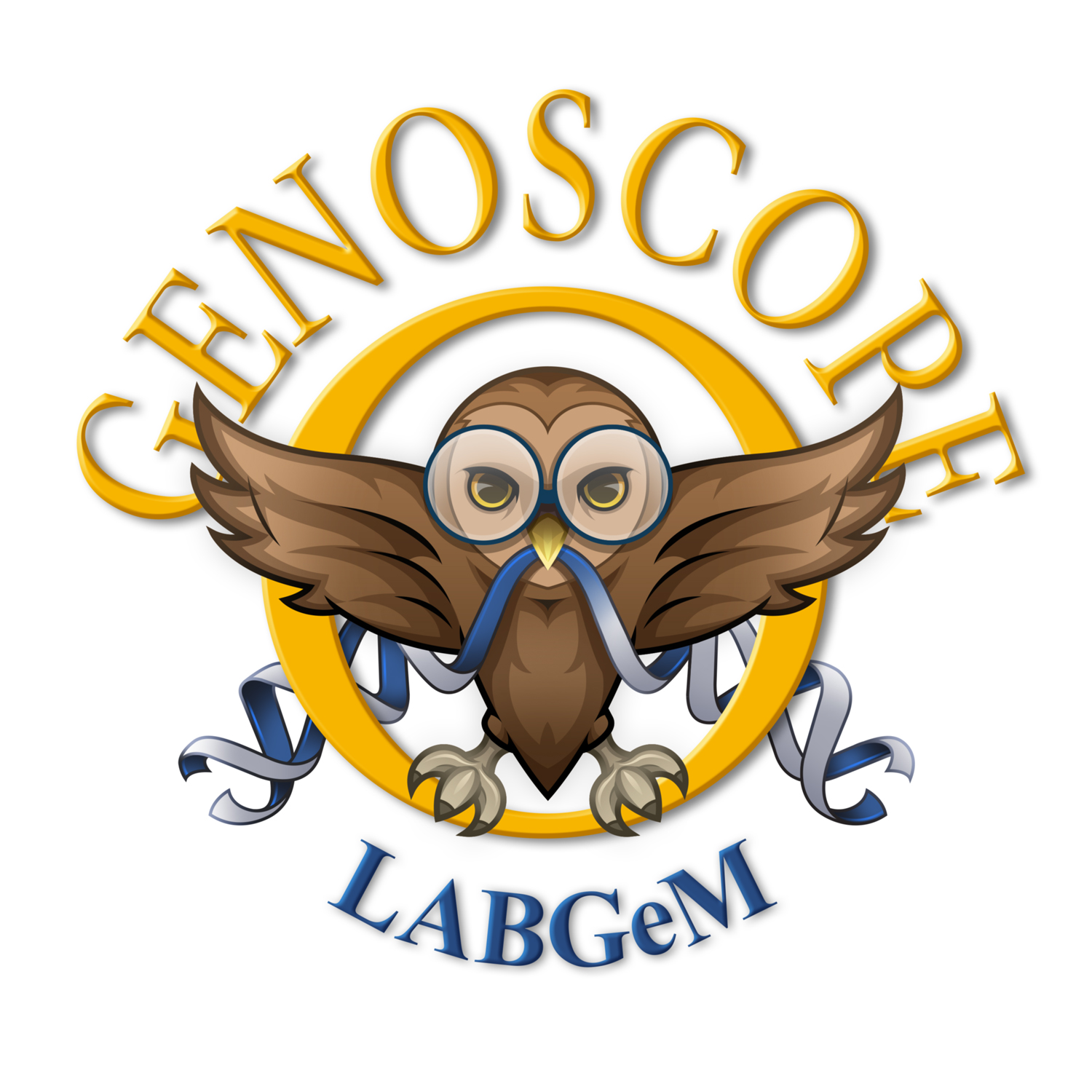Bacteriophages (phages) are the most abundant viruses on the planet. The majority of free-living prokaryotic species are thought to be infected by phages, as evidenced by the widespread presence of prophages in prokaryotic genomes. A prophage is a bacteriophage genome that is integrated into the genome of a prokaryote. Given the abundance and diversity of phages, prokaryotes have developed multiple antiviral mechanisms to fight against phages, and several of these antiviral systems can co-occur in the same strain.
The Comparative genomics menu of the MicroScope platform has been enhanced with a new page dedicated to Prophage & Defense System Prediction.
- Prophage regions are identified with the tool Phigaro (Starikova et al, 2020). You can access to the list of prophage regions predicted for a given organism and explore the gene content of a prophage of interest. These genes may be associated to prokaryotic viral orthologous groups (pVOGs).
- DefenseFinder (Tesson et al., 2022) is used to automatically detects known antiviral systems in prokaryotic genomes using 229 models. You can access to the list of defense systems predicted for a given organism and explore their gene content.

These prediction results can be queried in the Search by keyword functionality. They are also cross referenced in the pangenome-RGP page. Indeed for each region of genomic plasticity (RGP), we indicate if this region contains predicted prophages or defense systems.

Elizaveta V Starikova and others, Phigaro: high-throughput prophage sequence annotation, Bioinformatics, Volume 36, Issue 12, 15 June 2020, Pages 3882–3884, https://doi.org/10.1093/bioinformatics/btaa250
Tesson, F., Hervé, A., Mordret, E. et al. Systematic and quantitative view of the antiviral arsenal of prokaryotes. Nat Commun 13, 2561 (2022). https://doi.org/10.1038/s41467-022-30269-9
